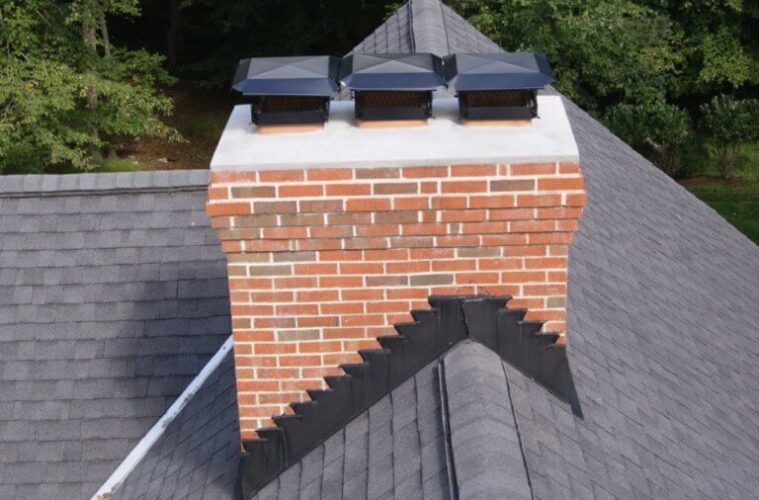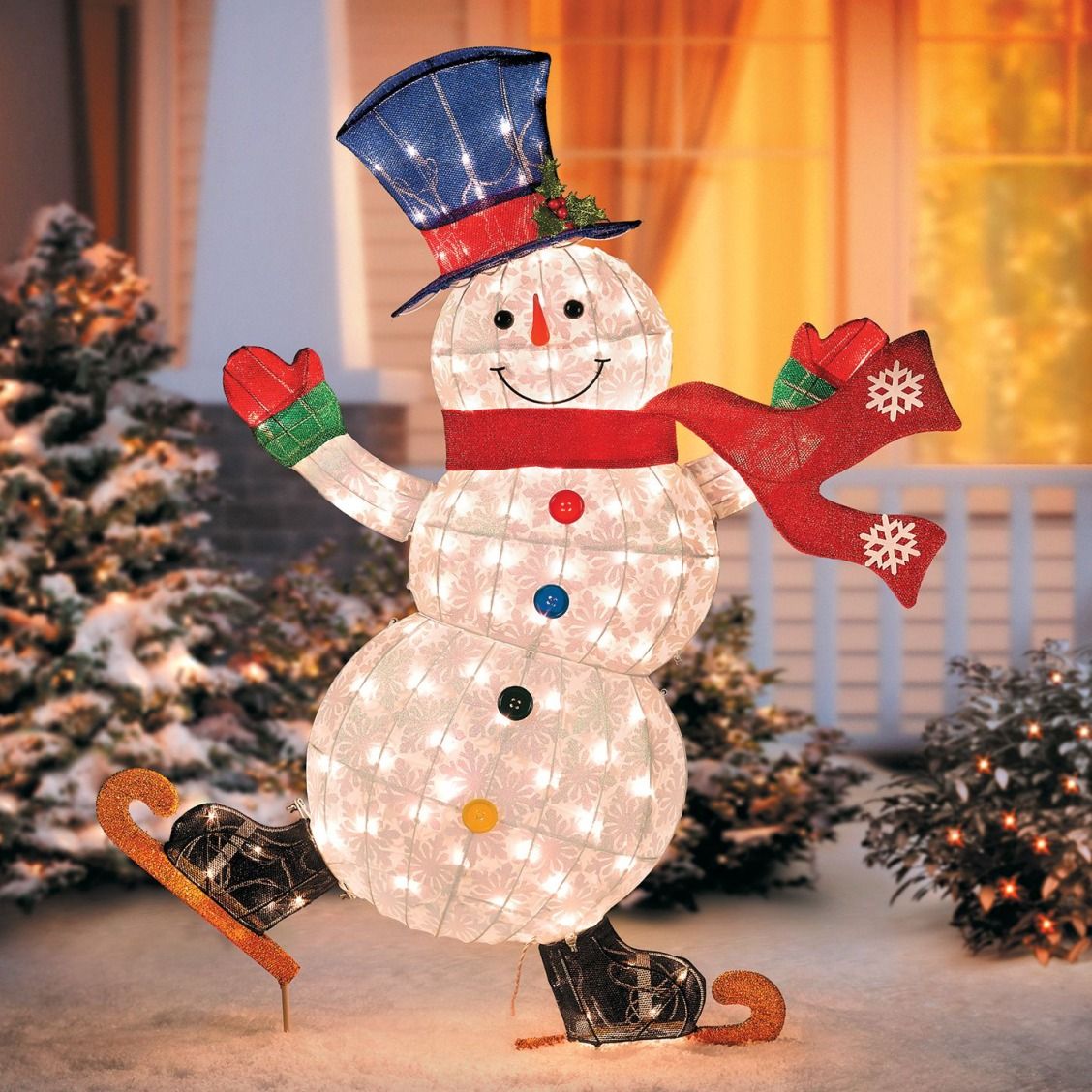It is that season of the year when homeowners start to think about using their fireplaces.
Fireplaces provide much-needed warmth during the cold winter months and make your home cozy.
Before you begin using your fireplace, ensure it is in excellent condition. One of the major problems homeowners face is a blocked chimney.
A blocked chimney is a health and safety hazard so it is important to know if yours is blocked.
In this post, we will discuss the 11 signs of a blocked chimney. Let’s dive in.
1. Water leaking down the chimney
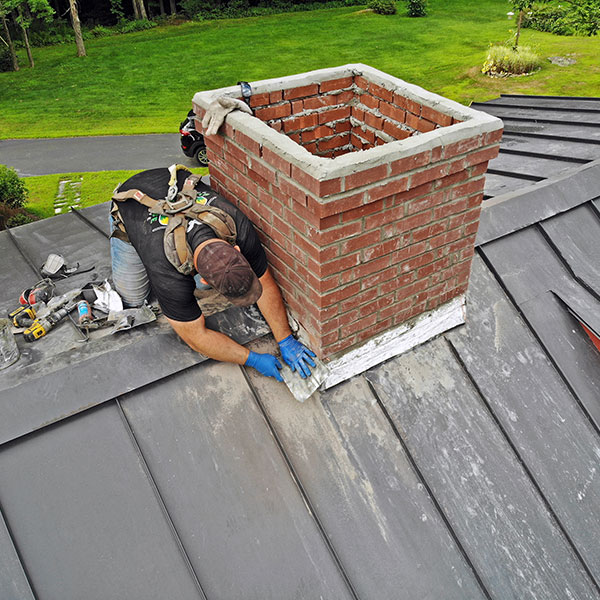
source: pinterest.com
Water leaking down the chimney is one of the major signs of a blocked chimney. But how will you know there is a water leak in your chimney? Here are some common signs:
- You will hear dripping sounds in the fireplace area. This shows an increase in the amount of water leaking into your chimney.
- Water stains on the walls and the ceiling around the chimney.
- Condensation or water in the firebox.
- A musty odor coming from the fireplace especially after it has rained.
- Spalling bricks. The freeze and thaw cycle typically causes this when bricks absorb moisture. Water damage to the chimney masonry is normally caused by damaged or missing chimney crown and cap. You can replace or waterproof the bricks to prevent water damage.
- Bad flashing. Flashing seals the area where the chimney meets the roof. If it is damaged or not installed properly, it will allow water to enter the chimney. This causes damage to not only the chimney but also the roof and ceiling. You can fix it by applying a sealant or replacing the flashing.
If you ignore water leaks in your chimney, you will eventually pay huge repair fees. Identify the cause of the leak and fix it. For example, if it is a damaged chimney crown, you can seal the gaps or replace it with a new one.
2. Animal nests or droppings signs
Animals like owls, chimney swifts, squirrels, bats and Ants can build their homes in your chimney.
Animal nests cause poor airflow in the chimney, making it difficult to start and maintain a fire. Remember, animal nests are flammable and can cause dangerous chimney and roof fires.
What if you don’t see any nest in the chimney? Animal droppings can show that an animal is living inside your chimney. You may notice droppings in the firebox or catch their strong smells.
Note that animal droppings usually contain bacteria and can lead to diseases such as histoplasmosis. Another common sign of the presence of animals in your chimney is scuttling or scratching sounds.
If you see signs of animal nests in the chimney, clean it immediately to prevent fires and diseases. Make sure you follow the safety procedures like wearing a mask and safety goggles while at it to prevent accidents.
Installing or fixing a chimney cap will also help keep animals away from your chimney.
3. An unpleasant smell coming from the fireplace or chimney
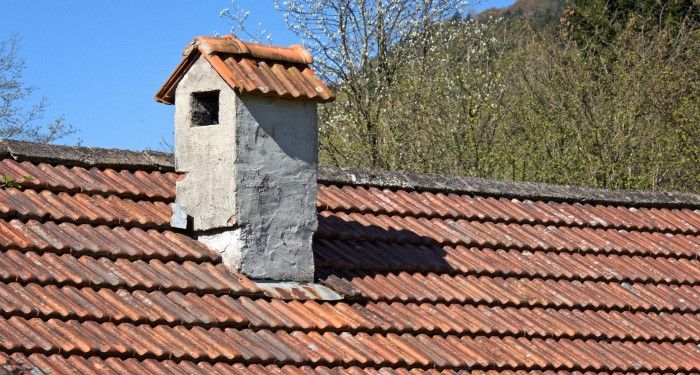
source: pinterest.com
One of the characteristics of a blocked chimney is an unpleasant odor. Creosote buildup in the chimney liner is usually the main cause of this irritating smell.
Another element that causes an odor is mold. When water leaks into your chimney, it makes it damp and encourages mold growth.
When you notice an unpleasant smell coming from your chimney, check for signs of mold growth or creosote buildup. You can remove this irritating smell by thoroughly cleaning your chimney.
4. Soot or creosote buildup inside the chimney or flue
Soot is a powdery substance made of unburned carbon articles. It is usually black or brown and accumulates in the fireplace and flue.
On the other hand, creosote is a sticky black or dark brown substance which is a byproduct of incomplete combustion.
Both soot and creosote and easy to remove using a chimney rush. But removing them will be a daunting task when you let them accumulate for many years.
Too much creosote in the chimney liner blocks airflow, making it difficult for your chimney to vent properly. Creosote is also a highly flammable substance.
Sparks from the fireplace can ignite a fire and cause extensive damage to your chimney. Chimney fires are usually devastating and can cause significant damage to your home and household items.
Keep in mind that creosote is a health hazard and exposure can lead to health issues like eye and skin irritation. A certified chimney sweep can help you remove creosote in your chimney, especially if it has accumulated for years.
5. You have difficulty lighting a fire in your fireplace
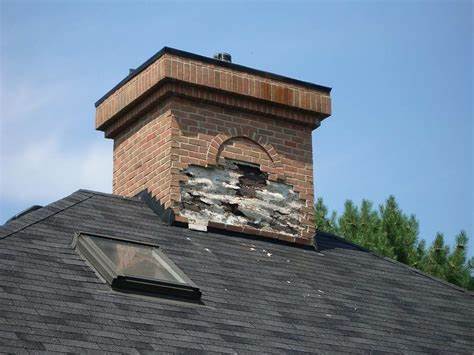
source: pinterest.com
Creosote, soot and nesting materials block your chimney and reduce airflow in the chimney and fireplace. This makes starting a fire challenging as there won’t be enough oxygen.
Maintaining the fire will also be difficult, making your fireplace an unreliable heat source in the cold winter months.
6. Smoke from your fireplace comes into your home
One of the major functions of a chimney is to direct smoke away from your home. Smoke contains soot, wood tar, fine particles, dioxins and toxic gasses like carbon monoxide.
When the chimney is clogged, it is unable to remove smoke efficiently.
So, some of the smoke in your fireplace will enter your home. Exposure to wood smoke causes health problems such as asthma and lung disease. Those at risk include the elderly, children and people who suffer from respiratory diseases.
7. Your fireplace is drafty
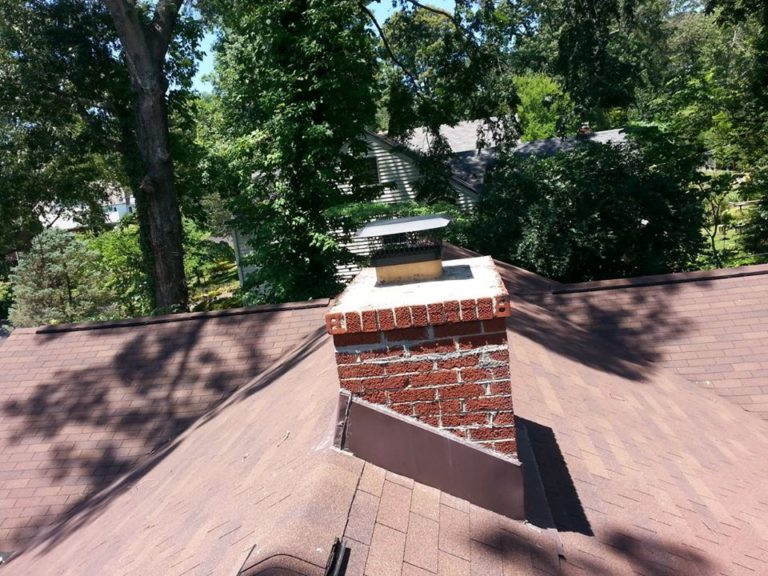
source: pinterest.com
A drafty fireplace allows cold air to enter from outside. That’s the last thing you want on cold winter evenings.
The blockage caused by creosote and debris like animal nests limit airflow and make it difficult for your chimney to function normally.
Call a qualified chimney sweep to inspect your fireplace and fix issues if it is drafty.
8. Your chimney cap is missing or damaged
The chimney cap is an important chimney component. It prevents animals like birds and squirrels from entering your chimney and building nests.
It also prevents debris like twigs from getting into your chimney. So, if your chimney cap is missing or damaged, your chimney is likely blocked. Note that a chimney cap also prevents rainwater from damaging the chimney masonry.
Fix the chimney cap if it is damaged and when adding one, ensure it is installed properly.
9. You can see debris inside your fireplace
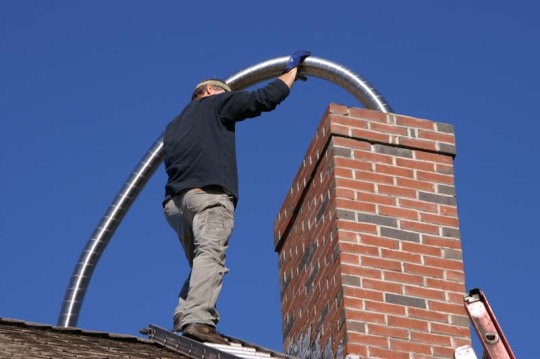
source: pinterest.com
Debris you can see inside your fireplace includes nesting material (leaves, features, twigs etc.) and animal droppings. An unpleasant smell coming from the fireplace is a common sign of debris.
The first thing you should do is remove the debris from the fireplace. You can also check for debris in the chimney liner.
A missing or damaged chimney cap allows debris to enter your chimney. Fix it or install one if it’s missing.
10. You can hear unusual sounds coming from your chimney
Creosote is a highly flammable substance. When it burns, it produces a popping sound. Sometimes you will hear a roar or loud bang coming from your chimney. This strange noises are signs of silent fires which if not dealt with can have a devastating effect on your chimney and home.
The only solution here is to get rid of creosote. Removing it yourself can be difficult, so we recommend hiring a professional to do it for you.
11. Embers coming out of your chimney
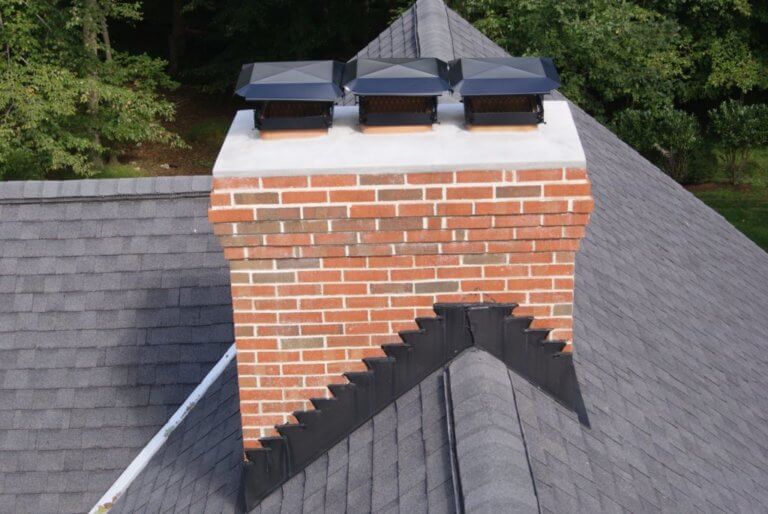
source: pinterest.com
Another common sign of chimney blockage is embers coming out of your chimney. Embers are usually accompanied by flames and other signs like black and dense smoke.
This is a common sign of a chimney fire and if you need to address it before it gets out of hand.
You can prevent these fires by removing creosote and debris like nesting material from your chimney.
Call an experienced chimney sweep immediately for an inspection if you notice the embers. Ignoring this can lead to dangerous chimney and roof fires.
Conclusion
A clogged chimney is every homeowner’s nightmare. It can trigger deadly chimney fires that put your loved ones at risk of home fires and diseases. If you are facing this problem, you can always refer to this list to determine the cause of the blockage and ways to fix it.

